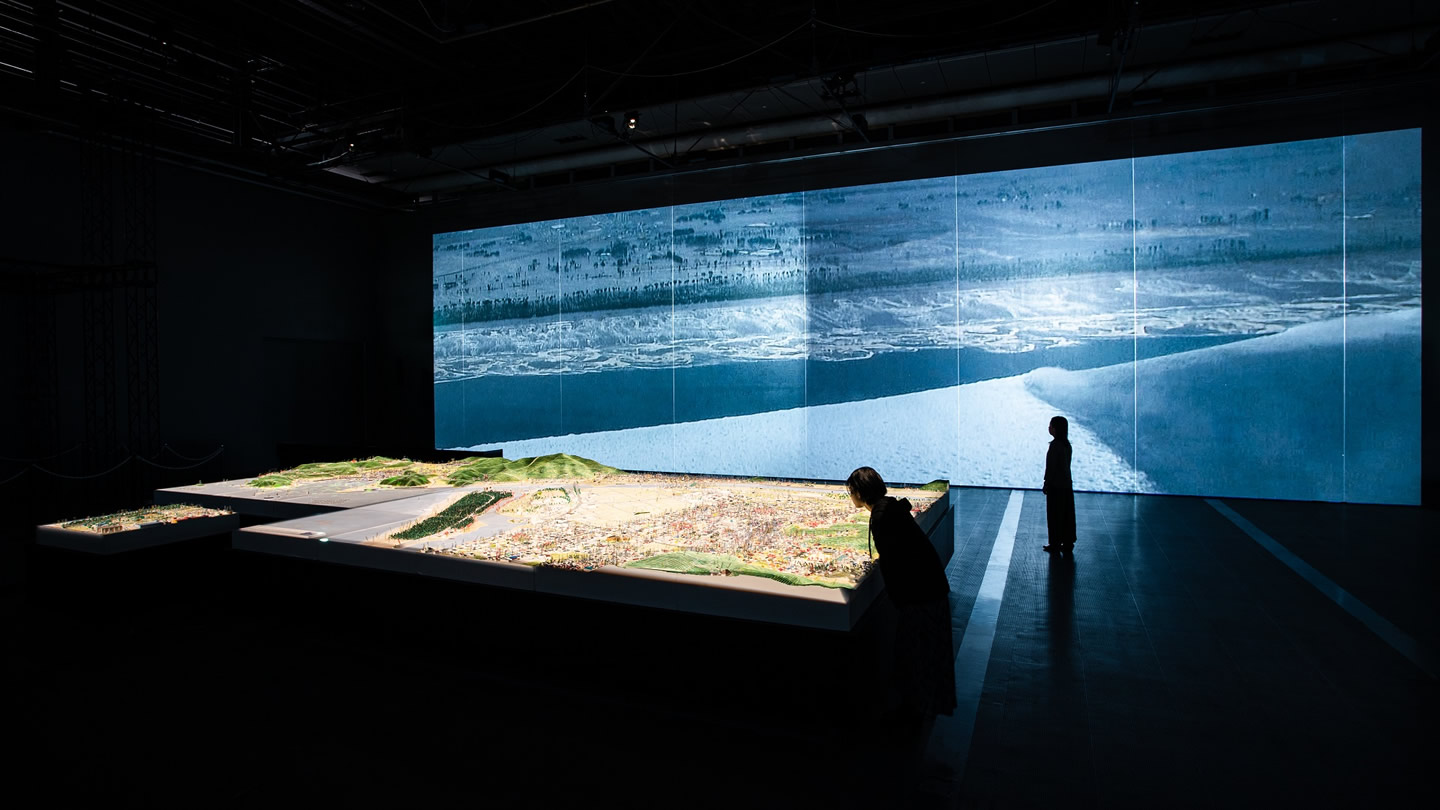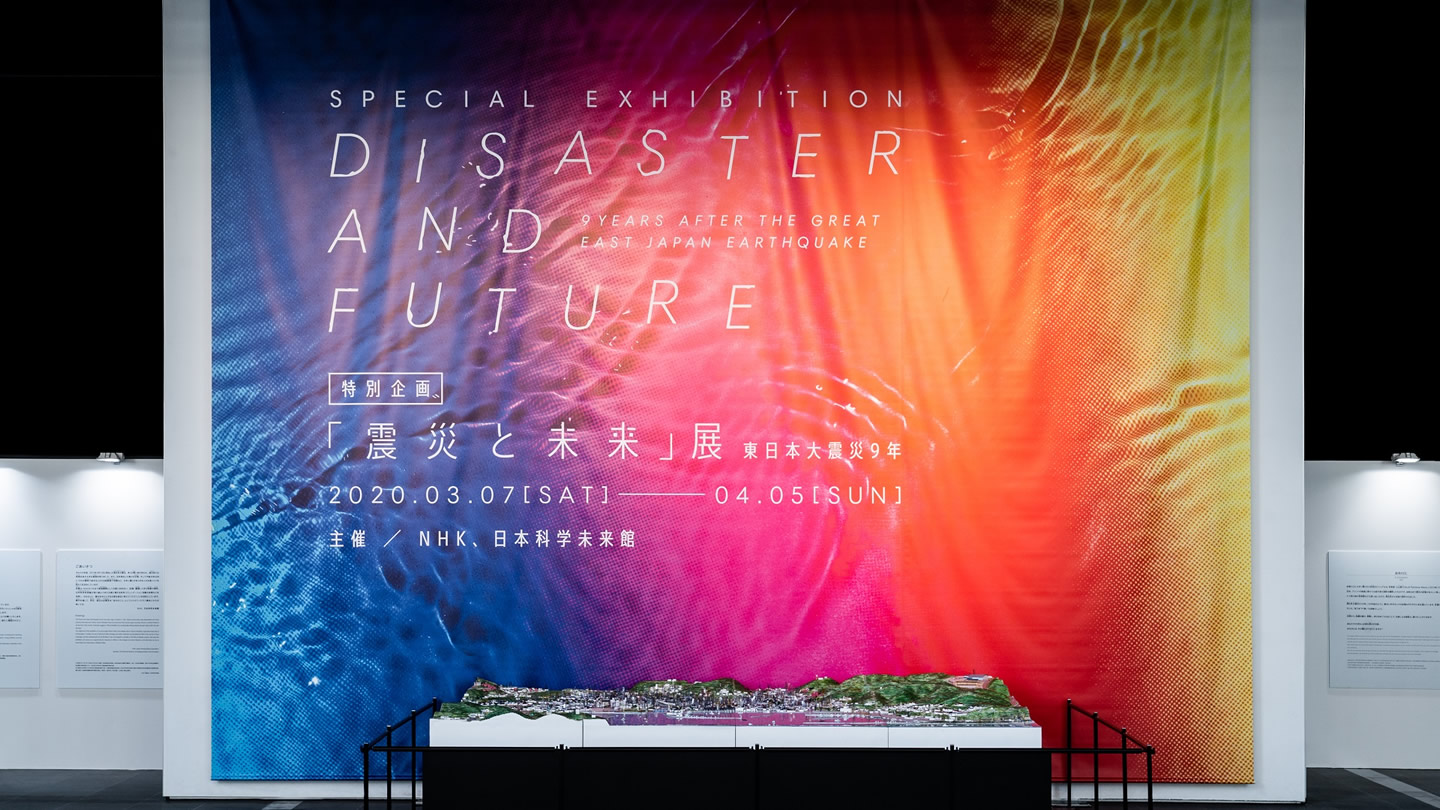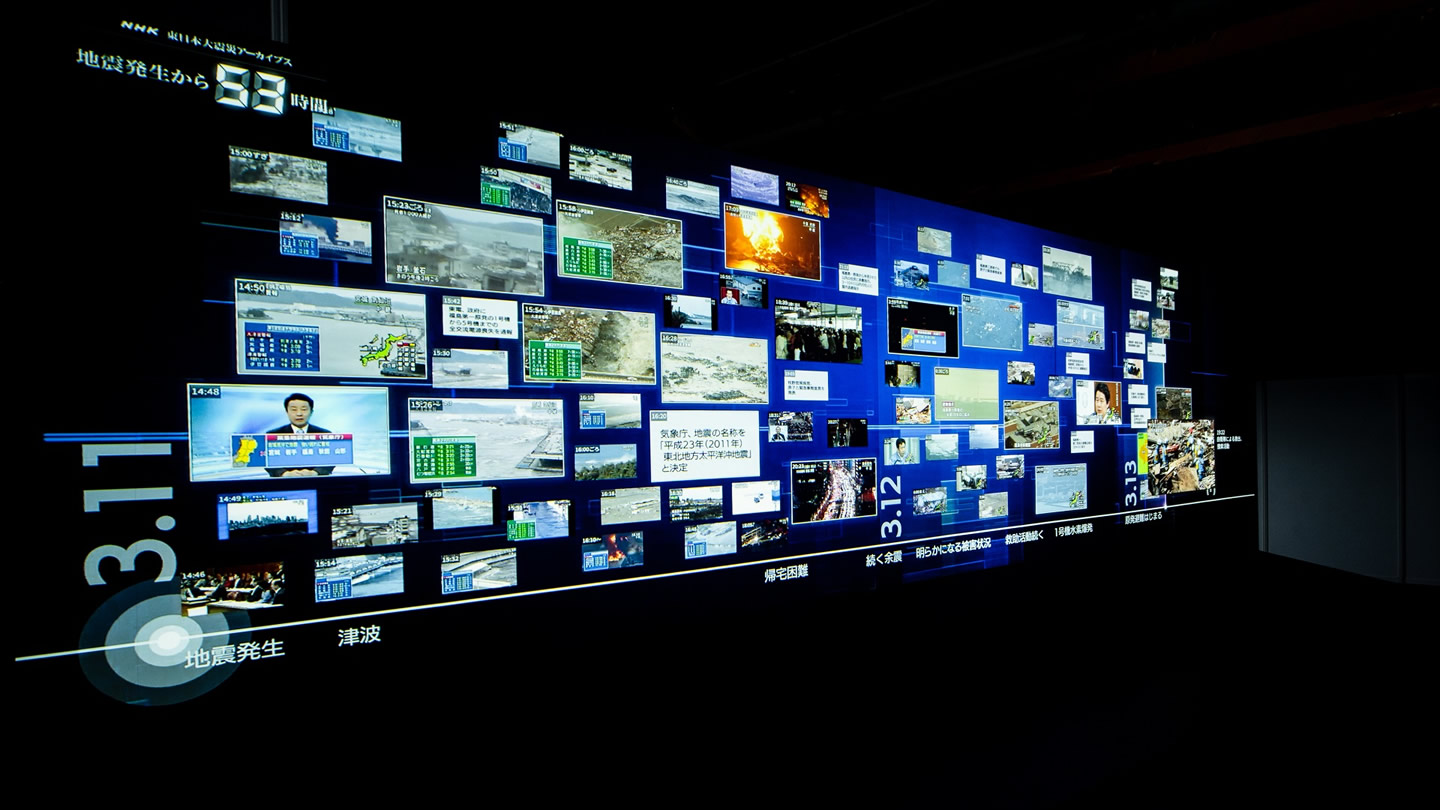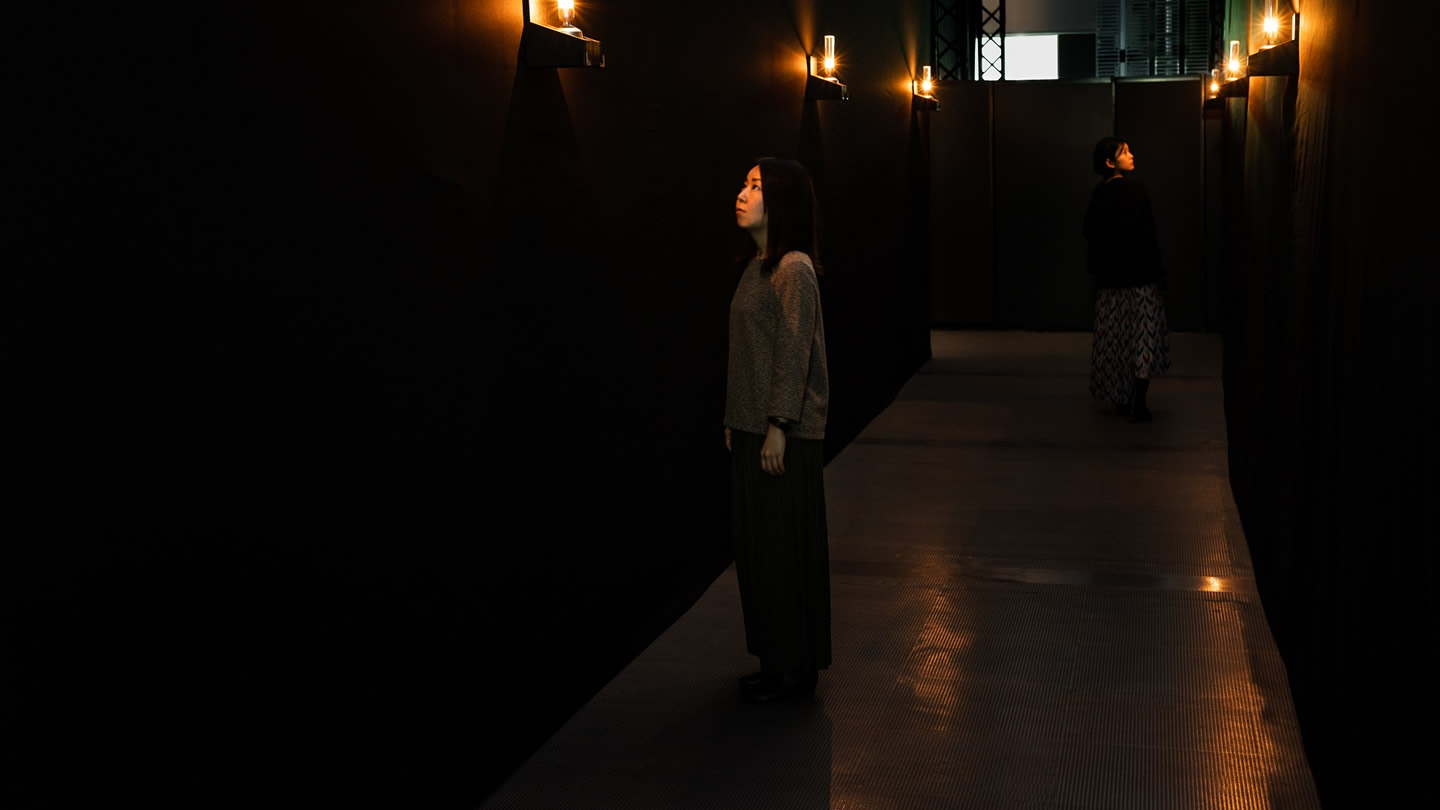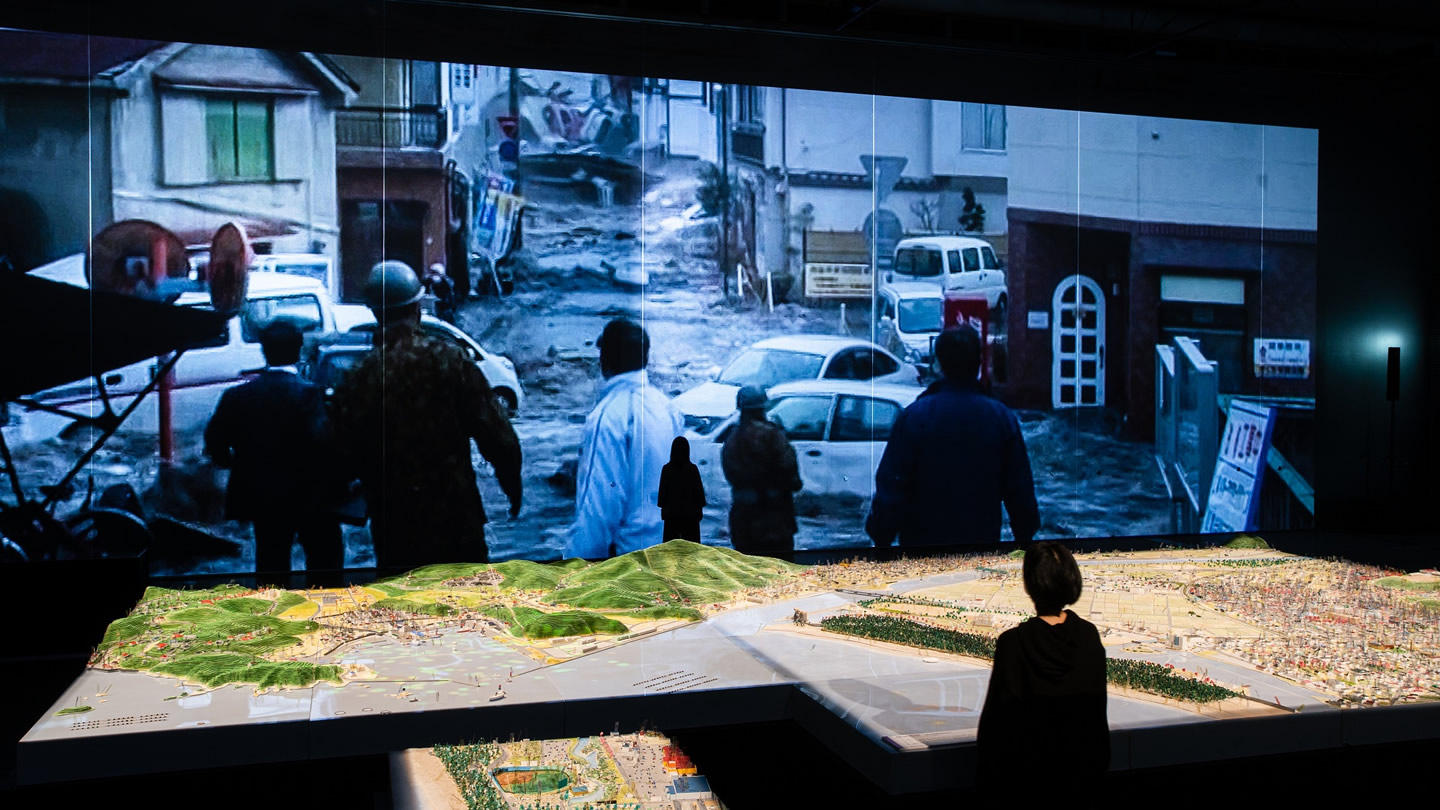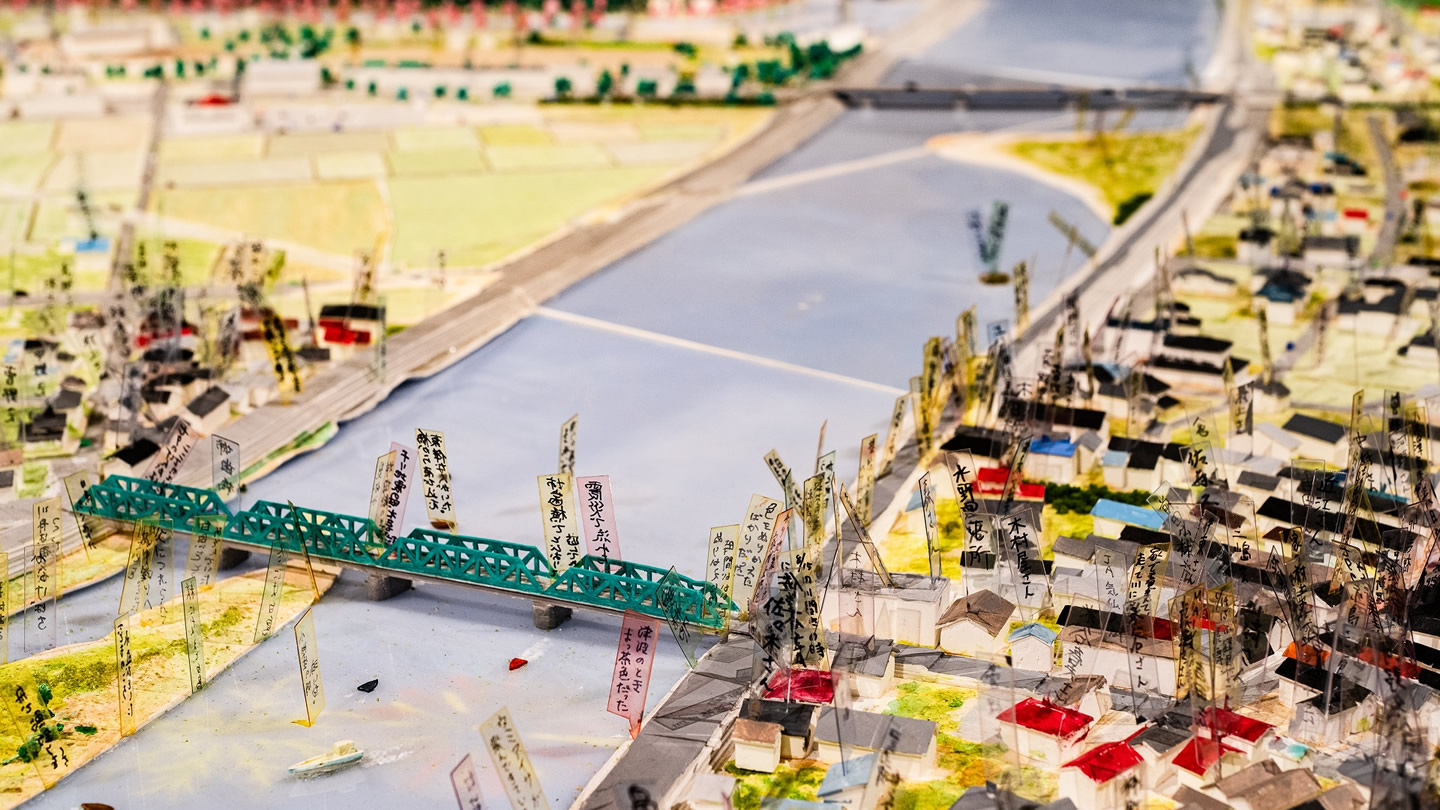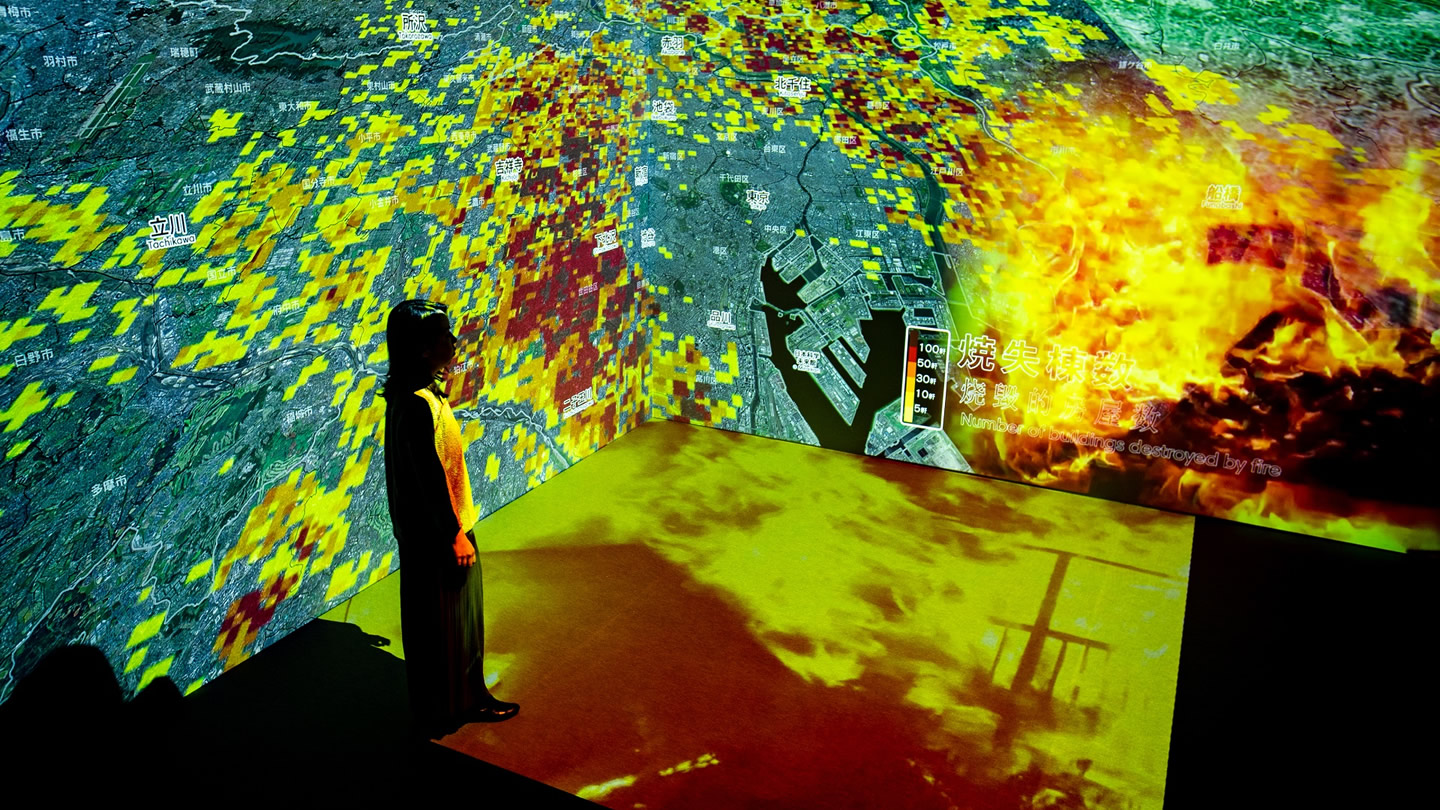This exhibition has ended.
Exhibition Outline
This special exhibition was originally scheduled to be held from March 7 (Sat) to April 5 (Sun). However, this exhibition was canceled to prevent the spread of the new coronavirus infection(COVID-19).
We are very sorry for those who have been looking forward to this exhibition. Thank you for your understanding.
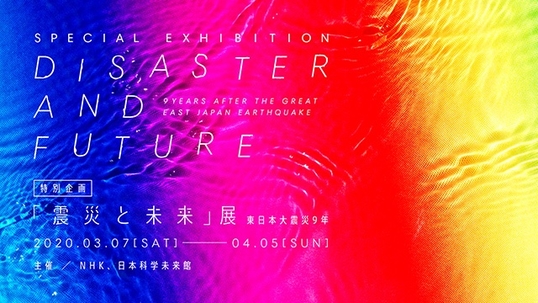
The exhibition's purpose is to help the audience perceive the importance of disaster reduction and prevention by superimposing the "memory" of the Great East Japan Earthquake onto "tomorrow" when we will face new disasters.
Nine years have passed since the Great East Japan Earthquake of March 11, 2011. Many precious lives were lost, leaving deep scars on communities. There have been numerous other disasters since 2011. Moreover, it is forecasted that we will face more disasters, such as an earthquake that directly hits the Tokyo area. Those of us in Japan are living with the risk of major disasters every day.
This exhibition presents an immersive video, large-scale models and other features using footage related to the Great East Japan Earthquake amassed by NHK. In addition are the outcomes of disaster-related scientific communications by Miraikan, as well as the disaster prevention updates from government authorities.
Contents
Across three zones, this exhibition asks visitors to look back on the records of the Great East Japan Earthquake as "Our memory". Then, based on scientists' future forecasts, asks you to think about disaster reduction and prevention measures required to create "Our tomorrow".
Zone 1: Looking Back at the Great East Japan Earthquake
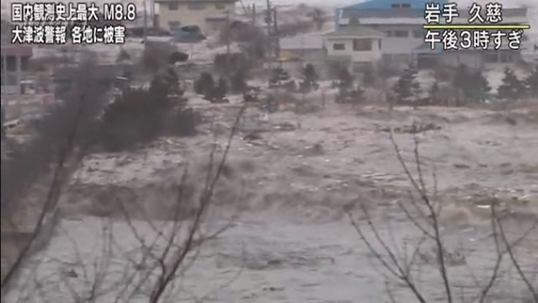
An immersive, high-definition 8K video will be presented about "Ruins of the Great East Japan Earthquake" including the Taro Kanko Hotel of Miyako, Iwate Prefecture, and the Nakahama Elementary School in Yamamoto, Miyagi Prefecture. Those places have been preserved as a way of educating future generations on the scale of the Great East Japan Earthquake. Also in this zone will be a look back at the news over the 72 hours following the earthquake for an idea of what happened, and how.
Zone 2:Town of Memories
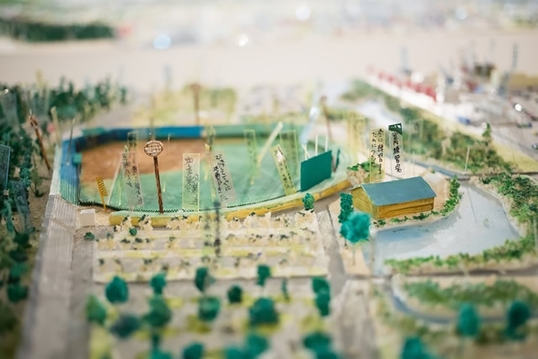
This showcases a 1/500 scale model of Rikuzen-Takata in Iwate Prefecture, which was produced by the project to commemorate lost towns and villages, and preserve the memories of those who lived there, as a "Town of Memories". This zone will also feature projection mapping and films on the big screen. Here, people's memories are the record of disaster.
Zone 3: Thinking About Your Future
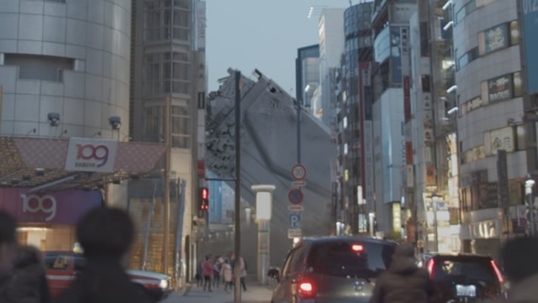
Of all possible future disasters, a direct-hit earthquake under Tokyo will be the focus here. The seismic intensity maps and damage forecasts published by the Cabinet Office include buildings collapsing and fires, together with a documentary that takes the perspective of those of "us" who are there. Panels with disaster prevention information from the Tokyo Metropolitan Government are also featured, giving viewers specific disaster prevention and reduction methods to consider.
*This exhibition shows footage related to the Great East Japan Earthquake (tsunami, fires, etc.). Some viewers may find these scenes distressing.
Venue scenery
Overview
- Title
- "Disaster and Future" - 9 Years after the Great East Japan Earthquake -
- Period
- Saturday, March 7 - Sunday, April 5, 2020 *Closed March 10 and March 17
- Opening hours
- 10:00-17:00 *Last entry 30 minutes before closing
- Venue
- Special Exhibition Zone 1F, Miraikan
- Admission fee
- Free
- Organizers
- NHK (Japan Broadcasting Corporation), Miraikan -The National Museum of Emerging Science and Innovation

